Search
Search Results
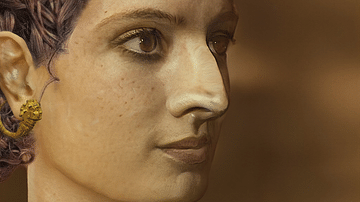
Image
Cleopatra VII (Artistic Facial Reconstruction)
Facial reconstruction of the Ptolemaic Egyptian queen Cleopatra VII (r. 51-30 BCE). This artistic representation of Cleopatra is primarily based on a bust from the Berlin Altes Museum, widely agreed to depict Cleopatra. In addition to the...

Video
Cleopatra VII Philopator: the Last Queen of Ancient Egypt
Cleopatra VII Philopator was the last queen of Ancient Egypt before it was annexed as a province of Rome. Cleopatra VII Philopator lived between circa 69 and 30 BCE and ruled Ancient Egypt as queen between 51 and 30 BCE. She was the last...
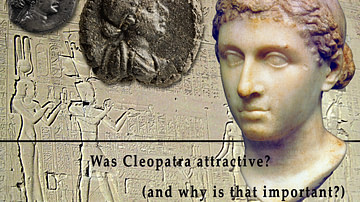
Image
Cleopatra in Ancient Portraiture
Ancient portraits of Cleopatra depict her assertive, but certainly not unattractive features. The wide royal headband (diadēma) and traditional wavy coiffure express her sovereignty based on her Lagid descent. Silver tetradrachm struck...
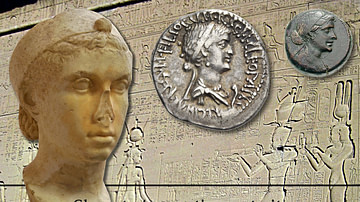
Image
Cleopatra's Portraiture
Coin portraits in particular show how Cleopatra wanted to be presented. Though varied in their facial features, her portraits emphasize her position of power as Ptolemaic queen. Sculptural portrait attributed to Cleopatra (Gregorian Profane...
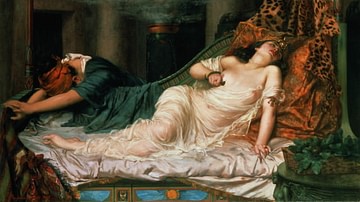
Image
Cleopatra's Death
Painting by Reginald Arthur from 1892 CE, depicting the legendary death of Cleopatra by snakebite.

Image
Cleopatra VII, Philopator
A face re-creation based on, the Bust of Cleopatra VII (l. c. 69-30 BCE, r. 51-30 BCE), that is a granite bust currently on display in the Gallery of Ancient Egypt at the Royal Ontario Museum. It is believed to have been discovered in Alexandria...
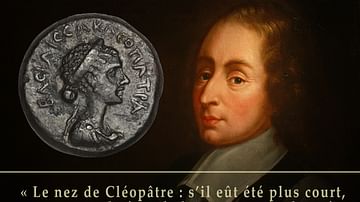
Image
Cleopatra's Nose, Blaise Pascal
“The nose of Cleopatra: if it had been shorter, the whole face of the earth would have changed” ~ Blaise Pascal, Pensées 162. On the basis of portrait coins struck by Cleopatra, philosophers such as Blaise Pascal (1623-1662 CE) assumed...
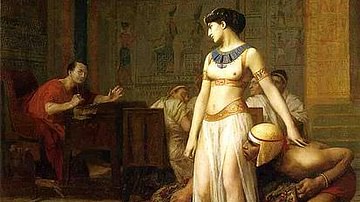
Image
Cleopatra and Caesar
Cleopatra Before Caesar by Jean-Léon Gérôme, oil on canvas, 1866. Cleopatra confronts Gaius Julius Caesar after emerging from a roll of carpet. The Egyptian Queen had been driven from the palace in Alexandria by her brother/husband Ptolemy...
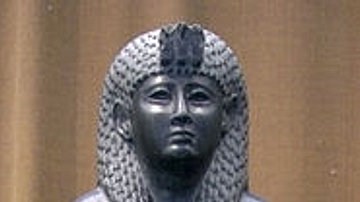
Image
Cleopatra as Isis-Aphrodite
This black basalt statue from Egypt portrays the Ptolemaic queen Cleopatra VII as Isis-Aphrodite (c. 51-30 BCE). Most Ptolemaic queens associated themselves with the goddess but none more famously than Cleopatra. In her own lifetime, she...
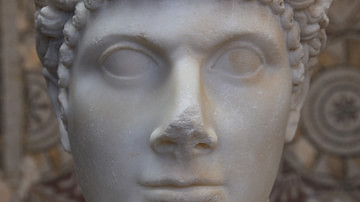
Image
Cleopatra Selene II
Portrait head of Cleopatra Selene II (40 to c. 5 BCE), daughter of the Egyptian queen Cleopatra VII who became the queen of Mauretania upon her marriage to King Juba II of Numidia (48 BCE to 23 CE). Archaeological Museum of Cherchell (Musée...